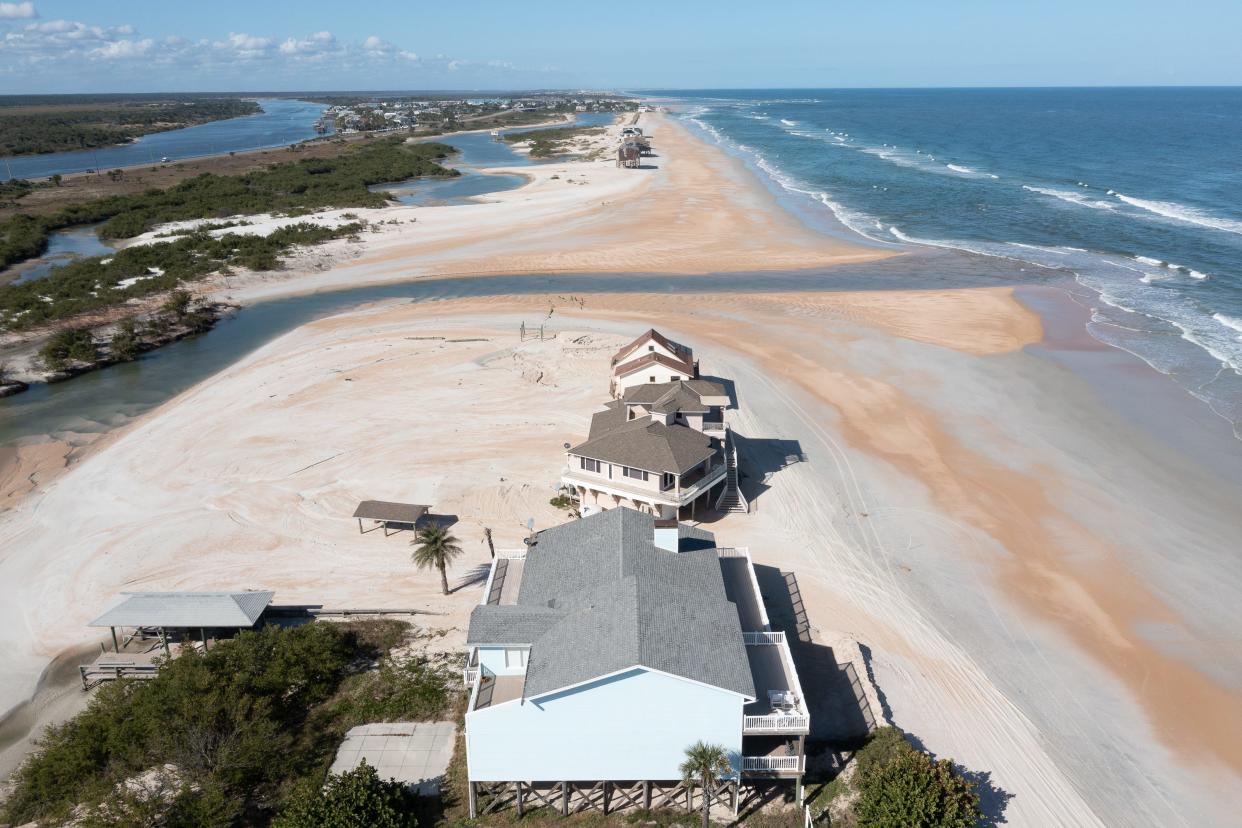Susan Parker | In Florida, homestead grants became vacation spots, not farms

With real estate prices going up and up these days, it is difficult to imagine a time when oceanfront or riverfront property was free. In 1862, Congress passed a Homestead Act which offered as many as 160 acres of public land free to someone who occupied the land for five years.
Claimants had to pay the administrative fee in cash in order to complete the transaction. It was also possible just to pay cash at the beginning and forgo the requirement of five-years occupation of the land.
The Act was intended to encourage settlement of the western part of the United States. The law, however, applied nationwide. At the time there was still available unclaimed land in Florida and homestead land here offered a much different picture than in the West.
More from Susan Parker:
Most images of homesteaders depict them living in sod houses on the Plains. So iconic was that idea that in 1962 the United States Post Office issued a 4-cent, first-class commemorative stamp to mark the centennial of the Homestead Act, featuring a sod house.
In this area, homesteaders acquired oceanfront land or property along tidal or freshwater rivers. There was little unclaimed land north of St. Augustine, where most of the properties had been granted under the Spanish homestead policy. But there were still some available parcels in the southern part of St. Johns County.
Applicants began applying for land after the Civil War ended in 1865. Many residents of this area could not qualify to apply as the Homestead Act excluded those "who had borne arms against the United States or given aid and comfort to its enemies." This prohibition foreclosed those who had fought for or assisted the Confederate states.
Albert Graves' oceanfront "summer camp" on a homestead grant at Summer Haven little resembled the settlers' houses in the West. Residents mostly from Crescent City "settled" along the dunes in the summer. Fall and winter storms often demolished their tents and huts.
Graves received title to his land in 1883. Three years later, he registered the plat for Summer Haven Subdivision with street names invoking a marine theme, such as Sheepshead and Oyster streets. Today the Atlantic Ocean is eating away much of Graves' homestead-grant land.

James C. Middleton acquired homestead land at Crescent Beach that stretched from the Atlantic Ocean to the Matanzas River. He subdivided the land and registered a plat with his name – Middleton Subdivision. He sold lots to families mostly from Florida's interior. With Middleton and Graves, homestead grants were turned into vacation communities, not farms or ranches.
Cordin Barnes received title in 1878 to homestead land on the north side of Moultrie Creek, where the bridge on U.S. 1 crosses the creek today. Not far away from Barnes' property, Henry Briggs became the owner of homestead acreage near today's St. Augustine Memorial Park on Old Moultrie Road. There Briggs took a stab growing grapes.
Charles Merrifield acquired homestead land in the area that would become Hastings. You can see the street sign for Merryfield Lane as it intersects S.R. 207 at the St. Johns-Putnam county line.
Farther south of here, persons from the Midwestern U.S. also created vacation-style enclaves on homestead land. In today's Canaveral National Seashore, a group from the St. Louis area created the Eldora community on Mosquito Lagoon on homestead land.
In this instance homesteaders were moving from west to east, unlike the more common direction of relocating from east to west. While Graves' Summer Haven became a summer leisure spot, Eldora was populated by winter visitors.
What a typically Florida story. A law that was intended to create family farms in the West was used along Florida's waterways to create vacation homes.
Susan R. Parker holds a doctorate in colonial history.
This article originally appeared on St. Augustine Record: Susan Parker: In Florida, homestead grants became vacation spots

